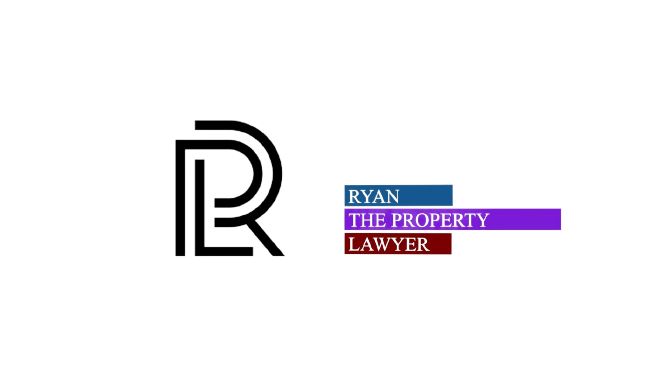The Construction Liens the registration of a lien by any person involved in effecting improvements to the value of a property. This applies to wage earners, material contractors and sub-trades involved in such work – they all have lien rights.
A lien claimant can only register a claim for the value of services and/or materials supplied. A lien must be registered in the land registry office, verified by affidavit, and the owner must be notified of the lien. Further, liens must be registered within 60 days of specified events as set out in the Act.
A lien prevents the transfer of ownership from the seller to the buyer without the payment of the lien amount. As most of the trades people involved in the construction have no privity of contract with the owner – meaning, they are not contracting directly with the owner, but with various contractors and sub-contractors – the lien process gives such trades people added security of payment.
There are two types of liens in the Construction Act – individual and general.
An individual lean applies to persons providing services or materials when an owner enters into a single contract for improvements concerning one property. By contrast, a general lien applies when the work is conducted in several premises under one general contract and associated subcontracts
Holdbacks
In addition to liens, the Act provides that each “payor” (whether the owner, contractor or subcontractor that is liable to pay for the materials or services supplied to an improvement under a contract or subcontract) on a contract or subcontract must retain a holdback of 10% of the price of the services or materials under contract until the period where liens can be registered or expired, or these liens have been satisfied or discharged.
The purpose of the holdback is to create a fund whereby lien claimants can look if they are unable to get payment from the person to whom they have a direct contract. The Act provides for two types of holdbacks – basic and finishing.
Basic Holdback: this occurs when 10% of the price of all services and materials provided under a contract or subcontract is to be withheld by the owner. The holdback is held until the opportunity for all liens to be claimed under the Act has expired, which includes up to the point of ‘substantial completion’. ‘Substantial completion’ is defined as the point when the improvement being made pursuant to a contract, or a substantial portion thereof, is ready for use or is being used for the purposes for which it was intended.
Let’s look at one example.
A buyer is having a new home built. The home costs $1.2M, and the buyer has agreed to pay the contractor in three equal payments, less the basic holdback of 10%. This means that the three payments are $360,000 ($400,000-$40,000), and these payments are to be paid successively, starting with the completion of the foundation, then the framing and roof and finally the interior finishing. The buyer will withhold $40,000 at each of these stages until the periods for all liens that may be claimed under the Construction Act have expired.
Finishing Holdback: this holdback exists where the contact has been substantially performed but various services or materials are required to complete the contract. The payor under the contract may retain a separate holdback of 10% of the price of the remaining services or materials until all liens that may be claimed have been satisfied or expired. In the course of advancing funds under a construction mortgage, the mortgagee (the lender) will typically withhold 10% of the amounts advanced to ensure that all contractors and suppliers have been paid and the time limit for liens have expired.
Removing a Construction Lien from Title
Once the 60 day period has passed, on the 61st day title is checked and if no construction lien has been registered, the remainder of the 10% holdback would be paid to the contractor. If a construction lien was discovered as registered on title, the 10% holdback would be used to pay the construction lien and it would be removed from title.
If you are a builder constructing homes, or a buyer seeking to have a custom home built, please contact us to discuss your project and any lien issues.
Author Profile

Latest Blog
 Uncategorised22 December 2023What Constitutes a Legal Partnership in Ontario?
Uncategorised22 December 2023What Constitutes a Legal Partnership in Ontario? Uncategorised22 December 2023Characteristics of a Corporation in Ontario
Uncategorised22 December 2023Characteristics of a Corporation in Ontario Uncategorised22 December 2023Intentions Matter When Co-Owning Property
Uncategorised22 December 2023Intentions Matter When Co-Owning Property Uncategorised22 December 2023Consequences of Operating an Ontario Partnership
Uncategorised22 December 2023Consequences of Operating an Ontario Partnership




